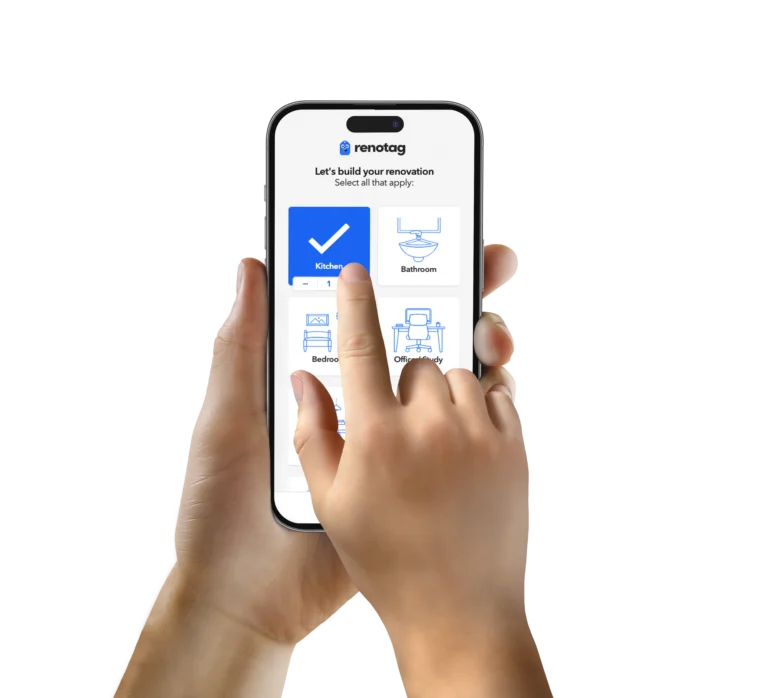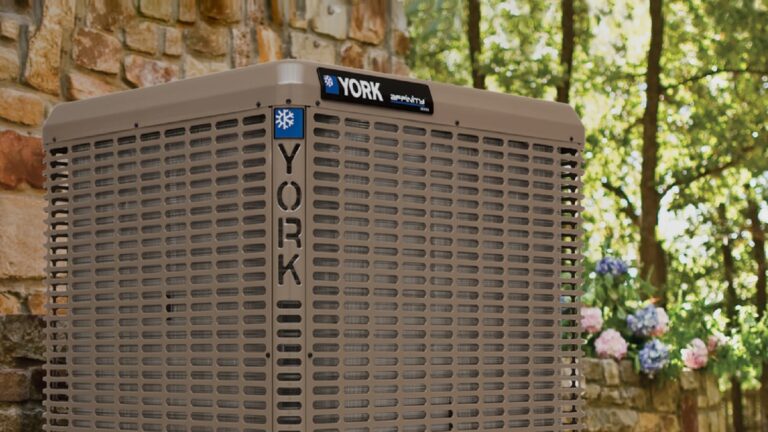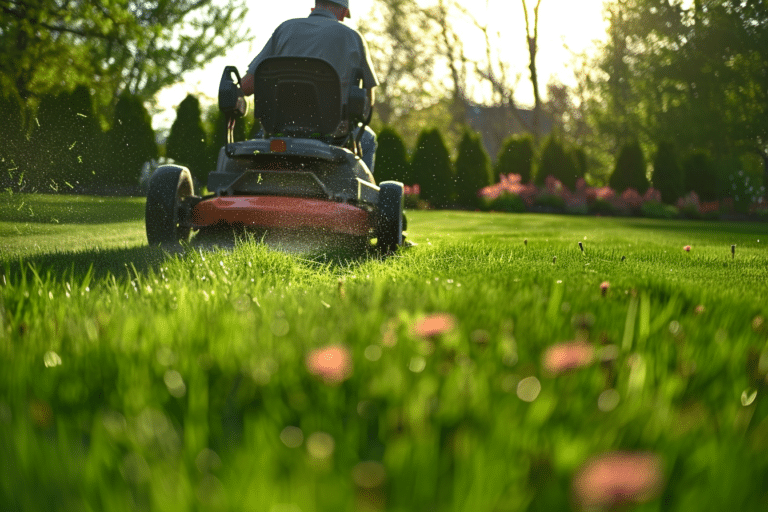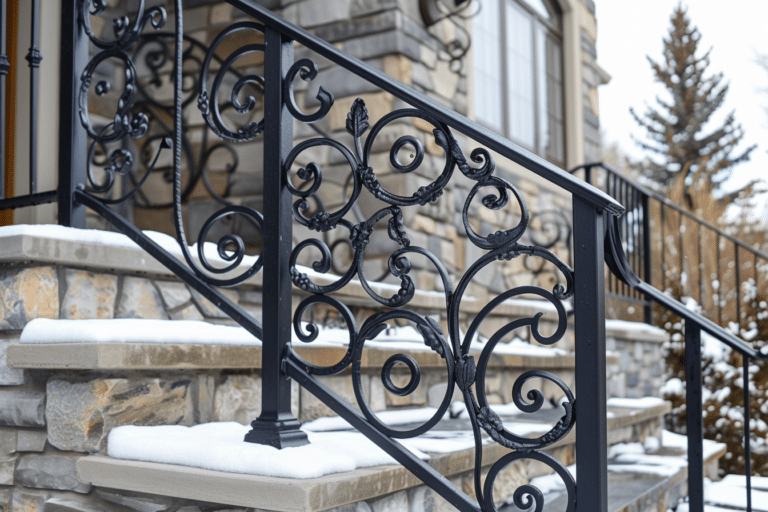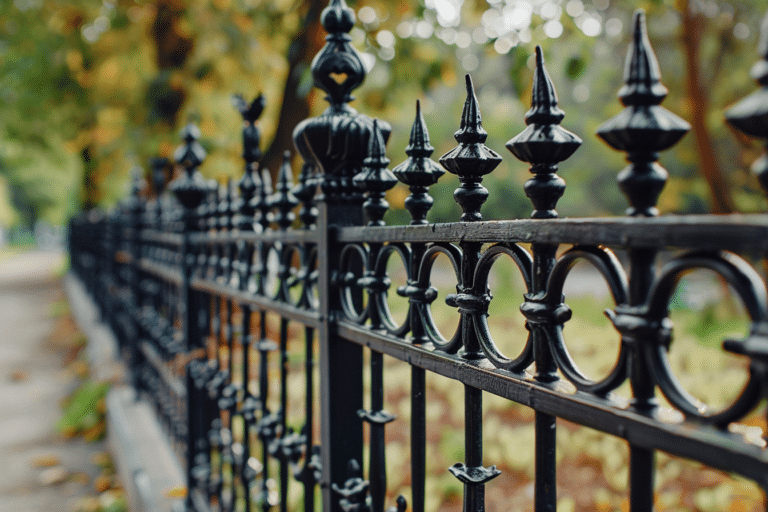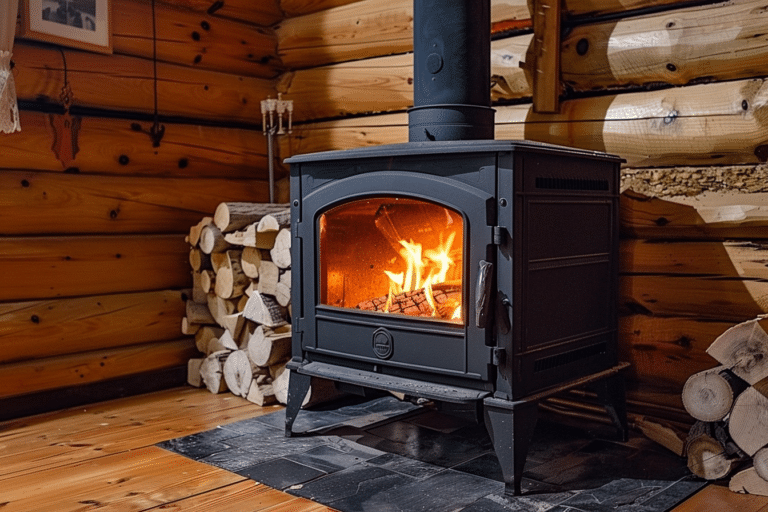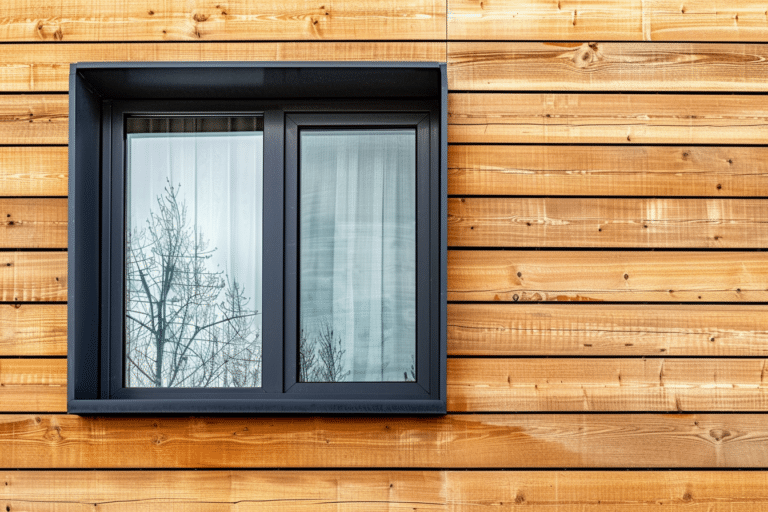Key Takeaways:
- Carpet padding costs $0.75 to $1.75 per square foot installed, with most homeowners spending between $100 and $250 per room (12’x12’).
- The total cost of carpet and padding installation ranges from $2 to $8 per square foot, or $200 to $1,700 for a typical room.
- Padding prices vary based on the type of material, thickness, density, and brand, with rebond foam being the most affordable and flat rubber the most expensive.
- Replacing old carpet padding typically costs $0.25 to $1.00 per square foot for the material, plus $0.50 to $1.50 per square foot for installation labor.
- Choosing the right carpet padding depends on factors like foot traffic, carpet type, subfloor material, and moisture levels in the room.
At Renotag, we know that carpet padding is an often-overlooked but crucial component of any carpet installation. The right padding can extend the life of your carpet, improve comfort and insulation, and even reduce noise levels in your home. But how much does carpet padding actually cost, and what factors affect the price? Let’s break it down.
Carpet padding cost
The cost of carpet padding varies depending on the size of the room, the type of material, and the thickness and density of the pad. Here’s a breakdown of the average costs for padding and carpet installation:
| SIZE | PADDING INSTALLED COST* | CARPET & PAD INSTALLED COST* |
|---|---|---|
| Per Square Foot | $0.75 – $1.75 | $2 – $8 |
| Per Square Yard | $6.75 – $15.75 | $18 – $72 |
| 10’ x 12’ Room | $90 – $210 | $200 – $900 |
| 12’ x 12’ Room | $108 – $250 | $250 – $1,100 |
| 12’ x 15’ Room | $135 – $315 | $300 – $1,400 |
| 15’ x 15’ Room | $170 – $390 | $400 – $1,700 |
| 20’ x 20’ Room | $300 – $700 | $700 – $3,000 |
| 800 SF Apartment | $525 – $875 | $800 – $3,200 |
| 1,000 SF House | $750 – $1,750 | $1,100 – $4,500 |
| 1,500 SF House | $1,125 – $2,625 | $1,600 – $6,700 |
| 2,000 SF House | $1,500 – $3,500 | $2,100 – $9,000 |
| Flight of 13 Stairs | $50 – $145 | $150 – $600 |
As you can see, the total cost to install carpet and padding ranges from $2 to $8 per square foot, with most homeowners spending between $200 and $1,700 for a typical room. The padding itself accounts for a smaller portion of the total cost, ranging from $0.75 to $1.75 per square foot installed.
Of course, these are just rough estimates, and your actual cost may be higher or lower depending on the specific materials and installation methods you choose. Let’s take a closer look at some of the factors that can affect the price of carpet padding.
Carpet padding cost per square foot
When shopping for carpet padding, you’ll typically see prices listed per square foot or per square yard. Here’s a breakdown of the average costs for each unit:
| UNIT | AVERAGE COST* |
|---|---|
| Per Square Foot | $0.25 – $1.00 |
| Per Square Yard | $2.25 – $9.00 |
| Per Roll | $70.00 – $270.00 |
As you can see, the cost per square foot ranges from $0.25 to $1.00, with most options falling in the $0.35 to $0.80 range. When purchased by the roll, carpet padding typically costs between $70 and $270, depending on the size and type of material.
Carpet Pad Prices Per Square Yard
If you’re purchasing carpet padding by the square yard, you can expect to pay between $2.25 and $9.00 per yard, with most options falling in the $4.00 to $7.00 range. Keep in mind that one square yard equals nine square feet, so you’ll need to do some math to determine the total cost for your room.
Carpet Pad Prices Per Roll
Carpet padding is also sold by the roll, with standard sizes ranging from 30 to 100 feet long and 6 to 12 feet wide. The price per roll varies widely depending on the type of material and the size of the roll, but you can expect to pay anywhere from $70 to $270 or more.
Buying carpet padding by the roll can be a more economical choice for larger rooms or whole-house installations, as you’ll typically pay less per square foot than you would for smaller quantities. However, it’s important to accurately measure your space and calculate the amount of padding you’ll need to avoid waste or shortages.
Carpet Padding Prices By Type
One of the biggest factors affecting the cost of carpet padding is the type of material used. Here’s a breakdown of the most common types of carpet padding and their average price ranges:
| TYPE | COST PER SQUARE FOOT* | COST PER SQUARE YARD* |
|---|---|---|
| Rebonded Foam | $0.25 – $0.80 | $2.25 – $7.20 |
| Frothed Foam | $0.50 – $2.00 | $4.50 – $18.00 |
| Prime Foam | $0.25 – $1.50 | $2.25 – $13.50 |
| Memory Foam | $0.50 – $1.00 | $4.50 – $9.00 |
| Fiber / Jute / Felt | $0.35 – $1.25 | $3.15 – $11.25 |
| Flat Rubber | $0.75 – $3.00 | $6.75 – $27.00 |
| Waffle Rubber | $0.50 – $1.00 | $4.50 – $9.00 |
As you can see, rebonded foam is the most affordable option, with prices starting at just $0.25 per square foot. This type of padding is made from recycled foam scraps that are bonded together with a chemical adhesive. It offers good durability and insulation at a budget-friendly price point.
At the other end of the spectrum, flat rubber padding is the most expensive option, with prices ranging from $0.75 to $3.00 per square foot. This type of padding is made from dense, solid rubber and offers superior durability and moisture resistance. It’s often used in commercial settings or high-traffic areas of the home.
In between these two extremes, you’ll find a range of options like frothed foam, prime foam, memory foam, and fiber padding. Each type has its own unique properties and benefits, which we’ll explore in more detail below.
| TYPE | PROS | CONS |
|---|---|---|
| Rebonded Foam | – Affordable – Durable – Comes in wide a range of density, thickness, and prices – Eco-friendly, Made from 100% recycled foam – Readily available in many stores | – Not ideal for heavy foot traffic – Can void carpet warranty if not compatible with carpet |
| Frothed Foam | – Long lifespan – Lasts through several carpet cycles – For high-traffic areas – Resists damage from impact and furniture indents | – Expensive |
| Prime Foam | – Cheap – Lightweight – Gives a soft step | – Least-durable type – Not suitable for stairs, hallways, and high-traffic areas – Inner air pockets collapse over time |
| Memory Foam | – Soft and comfortable – Easy on the joints | – Expensive – Not suitable for high-traffic areas – Constant stretching can damage carpet overtime – Less durable than other types |
| Fiber | – Cheap – Very durable – Can be made for any level of foot traffic – Breathes well – Prevents carpets from stretching and developing wrinkles – Effective sound absorber | – Natural fibers prone to mold – Less comfortable to walk on – Retains dirt and dust over time – Not ideal for those with allergies |
| Flat Rubber | – Extremely durable – Very long lasting – Great for high-traffic areas – Lasts through several carpet cycles | – Expensive – Not available everywhere |
| Waffle Rubber | – Cheap – Soft | – Short lifespan – Not a popular choice |
As you can see, each type of carpet padding has its own set of pros and cons. Rebonded foam is a popular choice for its affordability and durability, while frothed foam and flat rubber are ideal for high-traffic areas. Memory foam offers superior comfort but may not be as durable as other options, while fiber padding is cheap and durable but may not be as comfortable underfoot.
Ultimately, the right type of padding for you will depend on your specific needs, preferences, and budget. Consider factors like foot traffic, carpet type, and desired level of comfort when making your decision.
Bonded / Rebond Carpet Pad
Rebonded foam, also known as bonded foam, is one of the most popular types of carpet padding. It’s made from recycled foam scraps that are bonded together with a chemical adhesive, creating a dense, durable pad that offers good support and insulation.
Rebonded foam padding is available in a range of densities and thicknesses, with prices starting at around $0.25 per square foot for a basic 6-pound density pad. Higher-density options, like 8-pound or 10-pound pads, will be more expensive but offer better durability and support.
One of the main advantages of rebonded foam padding is its eco-friendliness. Because it’s made from recycled materials, it helps reduce waste and conserve resources. It’s also readily available at most home improvement stores and flooring retailers.
However, rebonded foam may not be the best choice for high-traffic areas or homes with heavy furniture, as it can compress and lose its shape over time. It’s also important to choose a pad that is compatible with your carpet type to avoid voiding the warranty.
Frothed Foam Carpet Pad
Frothed foam, also known as urethane foam, is a high-density padding that offers superior durability and support. It’s made by injecting a chemical mixture into a mold, creating a dense, uniform pad with tiny air bubbles throughout.
Frothed foam padding is ideal for high-traffic areas like hallways and stairs, as it resists compression and maintains its shape over time. It also offers excellent insulation and sound absorption properties.
However, frothed foam is one of the more expensive types of padding, with prices ranging from $0.50 to $2.00 per square foot. It may not be the most cost-effective choice for low-traffic areas or budget-conscious homeowners.
Prime Foam Carpet Pad
Prime foam, also known as polyurethane foam, is a lightweight, inexpensive padding option that offers a soft, comfortable feel underfoot. It’s made by pouring a liquid chemical mixture into a mold and allowing it to expand and solidify.
Prime foam padding is one of the least durable options, as the inner air pockets can collapse over time, leading to a flattened, unsupportive surface. It’s not recommended for high-traffic areas like stairs or hallways.
However, prime foam can be a good choice for low-traffic bedrooms or apartments where the carpet will be replaced frequently. It’s also very affordable, with prices starting at just $0.25 per square foot.
Memory Foam Carpet Pad
Memory foam padding is a newer option that offers superior comfort and pressure relief. It’s made from a high-density polyurethane foam that conforms to the shape of your feet and then springs back to its original shape when the pressure is removed.
Memory foam is ideal for bedrooms or other low-traffic areas where comfort is a top priority. It’s also a good choice for people with joint pain or mobility issues, as it can help reduce pressure points and improve overall comfort.
However, memory foam padding is not as durable as other options and may not hold up well in high-traffic areas. It’s also more expensive than basic foam padding, with prices ranging from $0.50 to $1.00 per square foot.
Fiber / Jute / Felt Carpet Pad
Fiber padding, also known as jute or felt padding, is a dense, durable option made from natural or synthetic fibers. It’s often used in commercial settings or high-traffic areas of the home, as it offers excellent support and resistance to compression.
Fiber padding is also very breathable, which can help prevent mold and mildew growth in damp or humid environments. It’s an effective sound absorber and can help prevent carpets from stretching or developing wrinkles over time.
However, fiber padding may not be as comfortable underfoot as foam options, and it can retain dirt and dust more easily. It’s also not ideal for people with allergies, as natural fibers can harbor allergens and irritants.
Prices for fiber padding range from $0.35 to $1.25 per square foot, making it a relatively affordable option for high-traffic areas.
Flat Rubber Carpet Padding Cost
Flat rubber padding is the most durable and long-lasting option, making it ideal for high-traffic commercial settings or busy households. It’s made from dense, solid rubber that resists compression and maintains its shape over time.
Flat rubber padding is also moisture-resistant, making it a good choice for basements or other damp areas. It offers excellent insulation and sound absorption properties, helping to reduce noise transfer between floors.
However, flat rubber padding is also the most expensive option, with prices ranging from $0.75 to $3.00 per square foot. It may not be readily available at all flooring retailers, so you may need to special-order it from a supplier.
Waffle Rubber Carpet / Rug Pad
Waffle rubber padding gets its name from the distinctive waffle-like pattern on its surface. It’s made from a synthetic rubber compound that is molded into a grid of small, square cells.
Waffle rubber padding is relatively inexpensive, with prices ranging from $0.50 to $1.00 per square foot. It offers a soft, cushiony feel underfoot and can help prevent area rugs from slipping or bunching up.
However, waffle rubber padding is not very durable and may break down quickly in high-traffic areas. It’s not a popular choice for wall-to-wall carpeting and is more commonly used as a rug pad or underlayment.
Carpet Underlay Cost
In addition to carpet padding, you may also need to install an underlayment or subfloor before laying your new carpet. Underlayment provides a smooth, stable surface for the padding and carpet to rest on, and can help improve insulation, sound absorption, and overall comfort.
Here are some common types of carpet underlayment and their average costs per square foot:
| TYPE | AVERAGE COST PER SQUARE FOOT* |
|---|---|
| Luan | $0.50 – $0.65 |
| Cork | $0.45 – $2.00 |
| Oriented Strand Board (OSB) | $0.50 – $1.50 |
Luan Underlay Cost
Luan, also known as lauan or Philippine mahogany, is a type of plywood that is commonly used as a subfloor or underlayment for carpet. It’s made from thin layers of hardwood that are glued together to form a strong, stable sheet.
Luan underlayment typically costs between $0.50 and $0.65 per square foot, making it an affordable option for most homeowners. It’s relatively easy to install and provides a smooth, even surface for the padding and carpet to rest on.
However, luan is not as moisture-resistant as other types of underlayment, so it may not be the best choice for damp or humid environments. It can also be prone to squeaks and creaks over time if not installed properly.
Cork Underlayment
Cork is a natural, eco-friendly underlayment option that offers excellent insulation and sound absorption properties. It’s made from the bark of cork oak trees and is harvested without harming the tree itself.
Cork underlayment typically costs between $0.45 and $2.00 per square foot, depending on the thickness and quality of the material. It’s a good choice for bedrooms or other areas where comfort and quiet are a priority, as it can help reduce noise transfer between floors.
However, cork can be more difficult to install than other types of underlayment, and it may require special adhesives or tools. It’s also not as durable as some synthetic options and may need to be replaced more frequently.
Oriented Strand Board (OSB)
Oriented strand board, or OSB, is a type of engineered wood that is commonly used as a subfloor or underlayment for carpet. It’s made from wood strands or flakes that are arranged in layers and bonded together with resin.
OSB underlayment typically costs between $0.50 and $1.50 per square foot, making it a more affordable option than some other types of wood underlayment. It’s strong, stable, and relatively moisture-resistant, making it a good choice for most residential applications.
However, OSB can be prone to swelling or warping if exposed to excessive moisture, so it may not be the best choice for damp or humid environments. It can also be more difficult to work with than plywood or other solid wood options.
Cost to replace carpet padding
If your existing carpet padding is worn out, damaged, or no longer providing adequate support and insulation, you may need to replace it before installing new carpet. The cost to replace carpet padding will depend on the size of the room, the type of padding you choose, and the complexity of the installation.
Here’s a breakdown of the typical costs involved in replacing carpet padding:
| TASK | COST PER SQUARE FOOT* |
|---|---|
| Carpet / Padding Removal & Disposal | $0.70 – $1.60 |
| New Padding Material | $0.25 – $1.00 |
| New Carpet Material | $1.00 – $5.00 |
| Installation Labor | $0.50 – $1.50 |
| Total cost to replace | $2.00 – $8.50 |
As you can see, the cost to remove and dispose of the old carpet and padding can be significant, ranging from $0.70 to $1.60 per square foot. This is because the process can be time-consuming and labor-intensive, particularly if the old materials are glued down or difficult to remove.
The cost of the new padding material itself will depend on the type and quality you choose, but you can expect to pay between $0.25 and $1.00 per square foot on average. The cost of the new carpet material will also vary based on the style, fiber, and quality, but you can expect to pay between $1.00 and $5.00 per square foot for most residential carpets.
Finally, the cost of installation labor will depend on the complexity of the job and the rates charged by local contractors. On average, you can expect to pay between $0.50 and $1.50 per square foot for professional installation.
All told, the total cost to replace carpet padding and install new carpet can range from $2.00 to $8.50 per square foot, with most homeowners spending between $4.00 and $6.00 per square foot on average.
Cost to remove carpet and pad
If you’re planning to replace your carpet and padding, you’ll need to factor in the cost of removing and disposing of the old materials. This process can be time-consuming and labor-intensive, particularly if the old carpet and padding are glued down or difficult to remove.
On average, you can expect to pay between $0.70 and $1.60 per square foot for carpet and padding removal and disposal. This price may be higher or lower depending on the size of the room, the complexity of the job, and the rates charged by local contractors.
In some cases, you may be able to save money by removing the old carpet and padding yourself. However, this can be a physically demanding and messy job, and you’ll need to have the right tools and equipment on hand. You’ll also need to factor in the cost of disposing of the old materials, which may require a trip to the landfill or a special pickup from your local waste management company.
If you’re not comfortable removing the old carpet and padding yourself, it’s best to leave the job to a professional. They’ll have the experience, tools, and equipment needed to get the job done quickly and efficiently, and they’ll be able to dispose of the old materials properly.
Carpet padding prices by thickness and density
When shopping for carpet padding, you’ll need to consider both the thickness and density of the material. Thickness refers to the overall depth of the padding, while density refers to the weight of the material per cubic foot.
In general, thicker and denser padding will provide better support, insulation, and durability than thinner or less dense options. However, thicker padding may not be suitable for all carpet types or installation methods, and it may also be more expensive than thinner options.
Here’s a breakdown of some common carpet padding thicknesses and densities and their recommended uses:
| TYPE | DENSITY (LBS.) | THICKNESS (IN.) | FACTS |
|---|---|---|---|
| Rebond | 6 – 8 | 7/16 – 1/2 | – High traffic areas: 6.5 lb. and 3/8 inch |
| Frothed Foam | 10 – 12 | 7/16 – 1/2 | – High traffic areas: 12+ lb. and 1/4 inch |
| Synthetic Fiber | 6.5 – 7.5 | 1/4 – 3/10 | – Looped / Berber / Short Pile<br>- High traffic areas |
| Flat Rubber | 18 – 22 | 1/4 – 1/2 | – Use 21+ lbs. for increased durability |
| Memory Foam | 8 – 10 | 3/8 – 1/2 | – Low traffic areas, bedrooms |
As you can see, rebond padding is available in a range of densities and thicknesses, with 6.5-pound density and 3/8-inch thickness recommended for high-traffic areas. Frothed foam padding is also suitable for high-traffic areas, but it typically has a higher density of 12 pounds or more and a thinner profile of 1/4 inch.
Synthetic fiber padding is a good choice for looped or short pile carpets, as it provides a stable base without excessive cushioning. It typically has a density of 6.5 to 7.5 pounds and a thickness of 1/4 to 3/10 inch.
Flat rubber padding is the most durable option, with densities ranging from 18 to 22 pounds and thicknesses of 1/4 to 1/2 inch. For maximum durability, look for padding with a density of 21 pounds or higher.
Memory foam padding is best suited for low-traffic areas like bedrooms, as it provides a soft, cushioned feel underfoot. It typically has a density of 8 to 10 pounds and a thickness of 3/8 to 1/2 inch.
Carpet Pad Thickness
The thickness of your carpet padding can have a big impact on the overall feel and performance of your carpet. Here are some general guidelines for choosing the right thickness based on the type of room and carpet:
| AREA TYPE | RECOMMENDED THICKNESS |
|---|---|
| High-Traffic | Thinner and firmer pad with 8 lb.+ density |
| Living Rooms / Bedrooms / Low-traffic | Thicker and softer padding with 6 to 8 lb. density for more comfort |
| Berber & Short Pile | No thicker than 3/8″ to avoid carpet damage |
As a general rule, high-traffic areas like hallways and stairs require thinner, firmer padding to provide stability and support. A thickness of 3/8 inch or less and a density of 8 pounds or more is typically recommended.
For lower-traffic areas like living rooms and bedrooms, a thicker, softer padding can provide more comfort and insulation. A thickness of 7/16 to 1/2 inch and a density of 6 to 8 pounds is a good choice for these areas.
However, if you have a Berber or short pile carpet, you’ll want to avoid padding that is too thick, as this can cause the carpet to stretch or wrinkle over time. A thickness of 3/8 inch or less is recommended for these types of carpets.
Carpet Pad Density
The density of your carpet padding refers to the weight of the material per cubic foot. In general, higher-density padding will provide better support, durability, and insulation than lower-density options.
Here’s a breakdown of some common carpet padding densities and their recommended uses:
| TRAFFIC | DENSITY (LBS.) | USES |
|---|---|---|
| Light | 3 – 6 | – Apartments – When replacing carpet often – Very low foot-traffic areas |
| Average | 6 – 8 | – Most residential areas |
| High | 8 – 10 | – Hallways – Stairs – High foot-traffic areas |
As you can see, padding with a density of 3 to 6 pounds is best suited for light-traffic areas or situations where the carpet will be replaced frequently. This includes apartments, rental properties, and other low-traffic spaces.
For most residential areas, a density of 6 to 8 pounds is recommended. This provides a good balance of comfort, support, and durability for everyday use.
In high-traffic areas like hallways and stairs, a density of 8 to 10 pounds is recommended for maximum durability and support. This will help prevent the padding from breaking down or compressing over time, even with heavy foot traffic.
6 lb. vs. 8 lb. Carpet Pad
When choosing between a 6-pound and 8-pound carpet pad, it’s important to consider the specific needs of your space. Here’s a breakdown of the key differences between these two options:
| TYPE | AVERAGE COST PER SQUARE FOOT | DIFFERENCES |
|---|---|---|
| 6 lb. | $0.30 – $0.50 | – Cheaper – Softer feel – Not ideal for high foot-traffic areas like stairs and hallways |
| 8 lb. | $0.35 – $1.00 | – More expensive – Greater durability – Better insulation – Firmer feel – Better support for carpet – Fewer wrinkles – Better for high-traffic areas |
As you can see, 6-pound padding is typically cheaper than 8-pound padding, with prices ranging from $0.30 to $0.50 per square foot on average. It also tends to have a softer, more cushioned feel underfoot.
However, 6-pound padding may not provide adequate support or durability for high-traffic areas like stairs and hallways.
